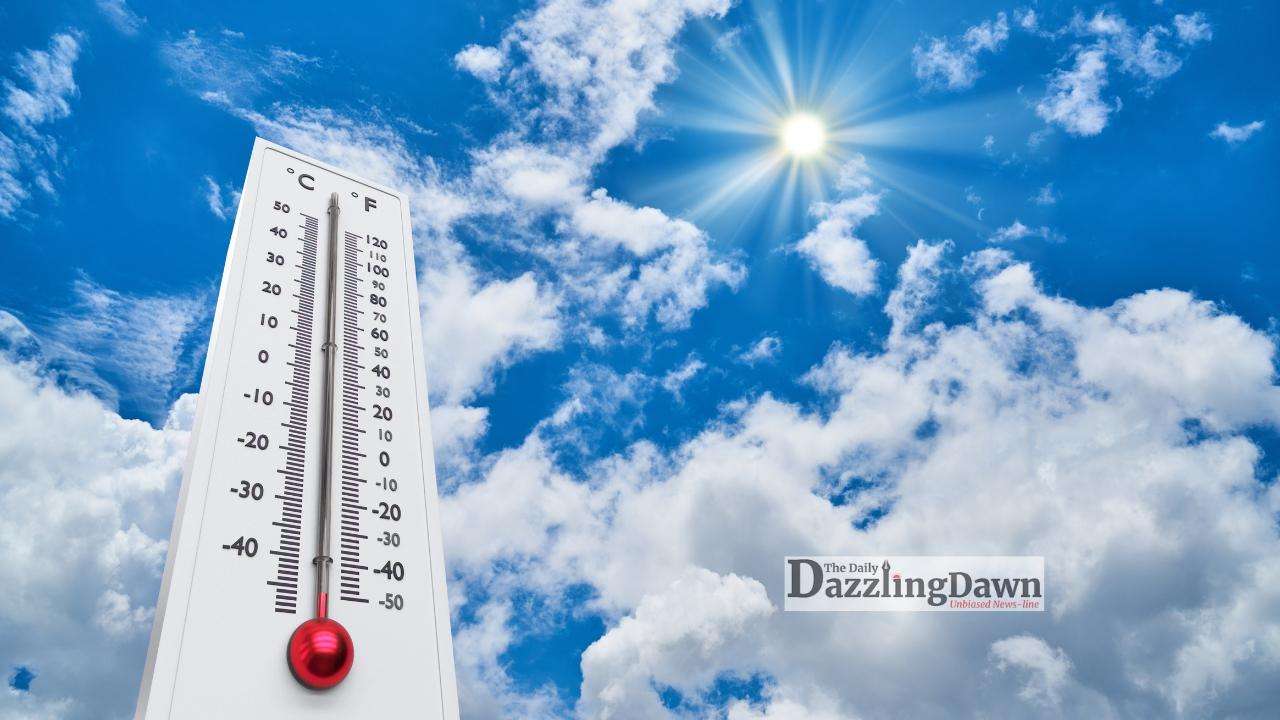With daytime highs predicted to surpass 30C (86F), yellow heat health alerts are in effect for the majority of England this week.
The alerts from the UK Health Security Agency (UKHSA) will remain in place in eight regions until 17:00 on Thursday.
A yellow alert indicates that weather conditions could pose a risk to those who are particularly vulnerable.
The UKHSA says minor impacts are probable across the health and social care sector.
What is the latest weather forecast?
The next few days are expected to bring the highest temperatures of the summer so far as warm air surges northwards across the UK.
Scotland and Northern Ireland are expected to see their warmest weather on Monday, with highs of 24 to 26C, perhaps even 27C in eastern Scotland, before cloudier and cooler weather arrives from the west on Tuesday.
But in England and Wales the heat is expected to be longer-lasting, with midweek temperatures of 29 or 30C likely in the South East - accompanied by plenty of strong sunshine.
It is possible that some areas might reach the Met Office’s official heatwave criteria. The nights will also be warmer and more humid than we have been used to lately.
Hay fever sufferers may also notice that pollen levels will be very high for most of the UK for the next few days.
The weather is expected to turn cooler and wetter during the second half of the week but there is considerable uncertainty about how quickly that change will take place.
What is a heat health alert?
Run by the UKHSA and the Met Office, the weather health alert system was introduced in June 2023.
The service covers England only. The BBC has approached Public Health Wales for comment.
The weather alerts are available to those who've registered, and are sent by email.
Heat health alerts are typically issued between 1 June and 30 September, and cold health alerts between 1 November and 30 March.
The system issues alerts to members of the public, and sends guidance directly to NHS England, the government and other healthcare professionals during periods of adverse weather.
Alerts are categorised according to severity and include:
- Headline weather conditions expected in the coming days
- Details of how weather conditions will affect each region
- Links to additional information, advice and guidance
The system was designed to help reduce illness and deaths by improving communication between the public and relevant bodies during periods of extreme weather.
Heat health alerts should not be confused with Severe Weather Warnings of Extreme heat, which are impact-based warnings covering the whole of the UK to highlight the potential impacts of extreme heat to protect lives and property.
Where are the latest heat health alerts?
Yellow heat health alerts have been active since 08:00 on Monday 24 June in all but one region of England:
- East Midlands
- West Midlands
- The North West
- The South East
- The South West
- The East of England
- London
- Yorkshire and the Humber
The North East is not affected.
The alerts will remain in place until 17:00 on Thursday 27 June.
The weather is expected to turn cooler, cloudier and wetter by the end of the week, but the Met Office says there is uncertainty about how quickly that change will take place.
What about Glastonbury?
Glastonbury Festival has got a reputation for attracting rainstorms, but will festival goers need to pack the wellies this year?
It’s been largely dry at Worthy Farm for several days, so the ground is looking reasonably firm and dry before the festival, which begins on Wednesday.
The first half of this week will see rising heat and humidity. Things will turn a little fresher from Thursday afternoon as a weak weather front brings a bit more cloud and possibly some light rain.
Temperatures into the weekend will be fairly pleasant at around 19 to 21C.
There will be plenty of spells of sunshine. There is a small chance of a few passing showers but they look likely to be few and far between.


_4.jpg)





.svg)


